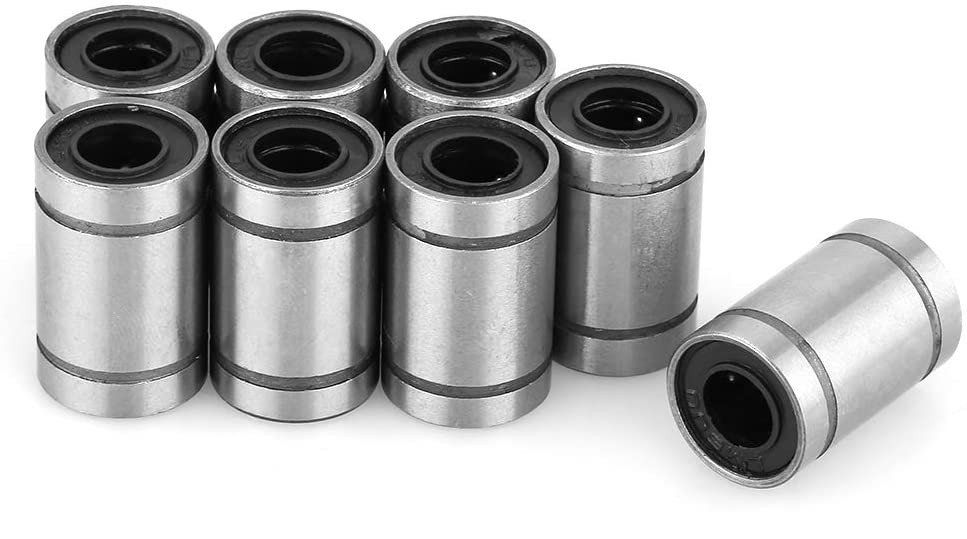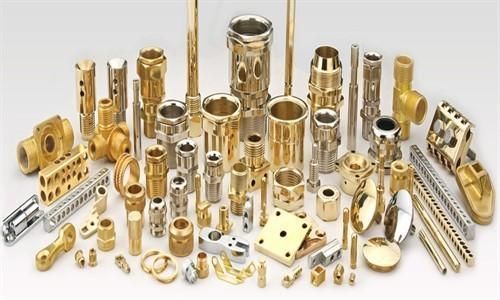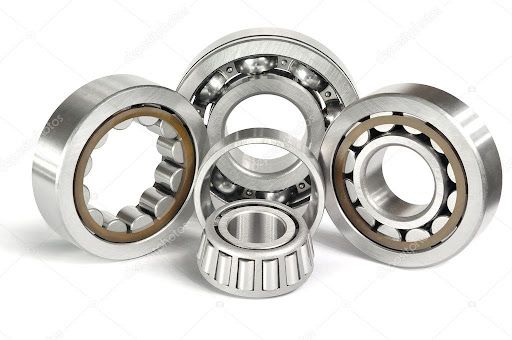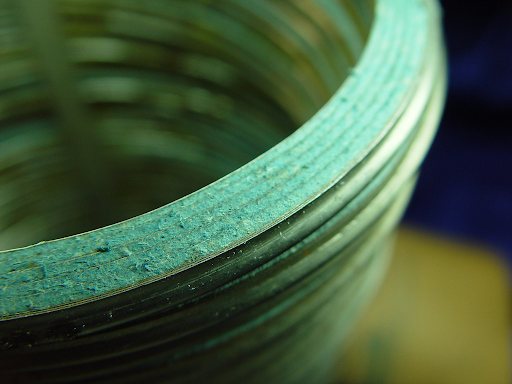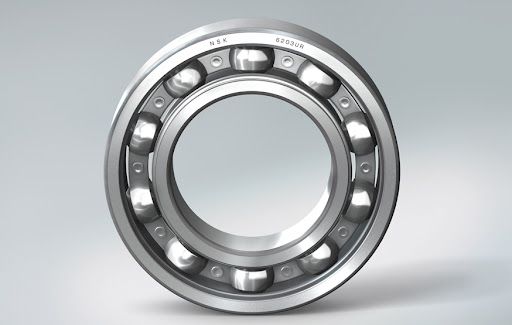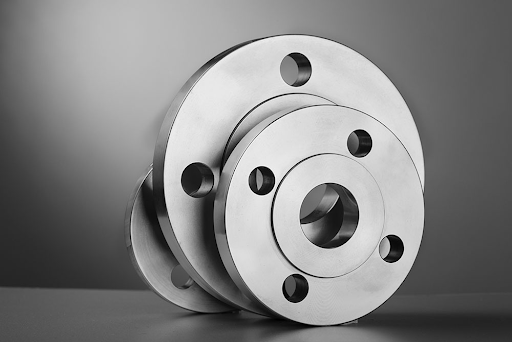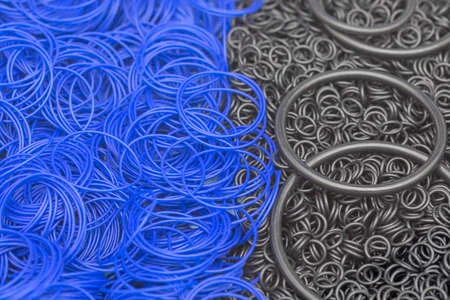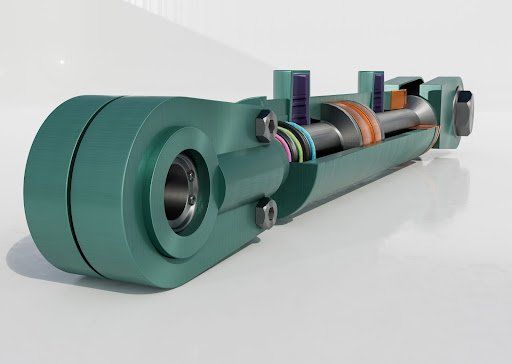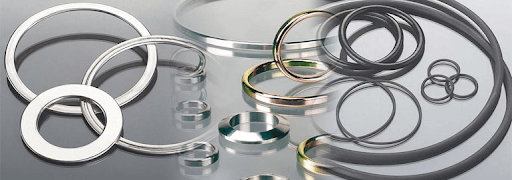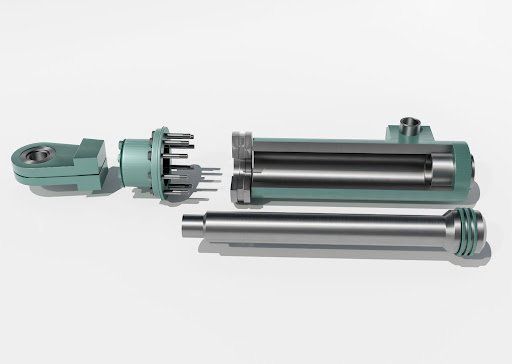Types Of Linear Bearings & Their Applications
Types Of Linear Bearings & Their Applications
Linear bearings are utilized in applications where a component must travel straightly with great precision. The object may need to be restored to its original location with high repeatability, while linear bearing are available in various designs and load levels.
Linear Bearings Types Are Classified Into Two Categories:
- Rolling linear bearings
- Plain linear bearings
1. Rolling Linear Bearings
The most common type of linear bearing is a rolling linear bearing, which has a minor frictional surface for linear motion. The rolling elements are balls or rollers housed between the mating grooves in the bearing and guide rails.
The linear guide's linear speed is related to the ball or roller diameter; as the ball diameter grows, so does the linear guide's linear speed. The linear bearing's loading capacity in a specific direction is affected by the contact angle, which is measured on the horizontal.
The radial loading capacity is directly proportional to the contact angle, while the lateral loading capacity is proportional. A 450-contact angle can support weights in all three directions: radial, reverse radial, and lateral.
There are many different types of rolling linear bearings, and they can be classified in a variety of ways depending on their design:
Ball Bearings
Ball bearings, often known as linear ball bearings, have spherical rolling components (e.g., steel balls). They feature a low friction coefficient, a longer service life, and a high degree of precision. Rolling linear bearings of this type are the most common. Because of their spherical geometry, they can be used in various linear bearing designs.
Needle Linear Bearings
Needle linear bearings or Needle Roller Bearing also have needles cylindrical rollers with a length-to-diameter ratio of 3:1 to 10:1. Because the load is dispersed over a more significant number of smaller rollers, they have more stiffness and load capacity than balls or cylindrical bearings. Because the rollers are smaller, the contact area is more extensive and reduces deformation.
2. Plain Linear Bearings
Without rolling elements, plain linear bearings rely on the sliding contact of two surfaces. They have a simpler structure, simpler functioning mechanisms, and significantly less expensive than linear roller bearings. Because the contact area is larger, the surface pressure is reduced. They have a higher load capacity, are lighter, and better absorb shocks and damp vibrations.
They have more friction., reduce he linear guide's speed and increase its wear. Lubrication must be maintained. Various sliding materials or materials with a self-lubricating coating are typically utilized to minimize the friction coefficient. They also have a lesser travel accuracy, making them unsuitable for high-precision applications.
Plain linear bushings, also known as linear sleeve bearings, are hollow cylinders with the journal (shaft guide rail) sliding on their inner surface. The inner surface is typically treated with self-lubricating compounds (e.g., PTFE). At the same time, linear sleeve bearings can tolerate both axial and radial loads as they are employed in light to medium-duty applications because they have a lesser load capacity and rigidity than box-way and dovetail slides.
We at Bearing Centre are the most prominent suppliers (Authorized Distributors and import straight from manufacturers such as NSK, SKF, and TIMKEN) to bring you high-quality linear bearing products at affordable rates.

